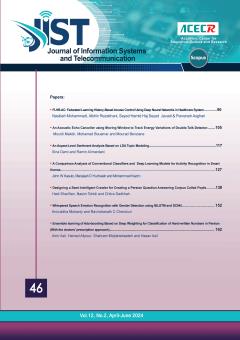This research is an ongoing work for achieving consistency between topology control and QoS guarantee in MANET. Desirable topology and Quality of Service (QoS) control are two important challenges in wireless communication networks such as MANETs.In a Mobile Ad hoc Network, MANET, nodes move in the network area; therefore, the network topology is randomly and unpredictably changed. If the network topology is not controlled properly, the energy consumption is increased and also network topology probably becomes disconnected. To prevent from this situation, it is necessary to use desirable dynamic topology control algorithms such as k-edge connectivity methods. This papertries to improvethe three following parameters according to the k-edge connectivity concepts: (1) network performance, (2) reduce energy consumption, and (3) maintain the network connectivity. To achieve these goals, as a new method, we enhance k-edge connectivity methods using an improved definition of node density. The new method is called as: Node Density Based k-edge connected Topology Control (NDBkTC) algorithm. For the first time the node density definition is dynamically used. The new method, computes the node density based on a new equation which consists of the following factors: the relative velocity of nodes, distance between nodes, the number of nodes and the transmission range of nodes. The results show that our new method improves the network performance compared with the existing methods. Also we will show that the new method can holds QoS in a desirable tolerance range.
Manuscript profile


